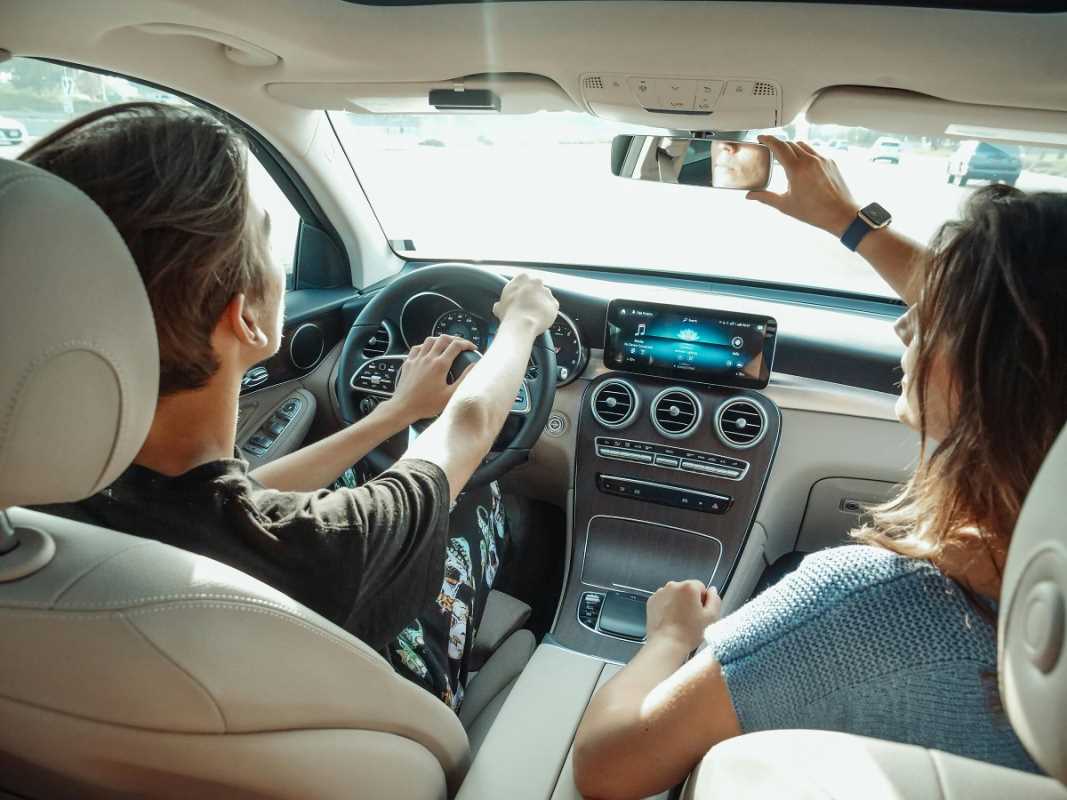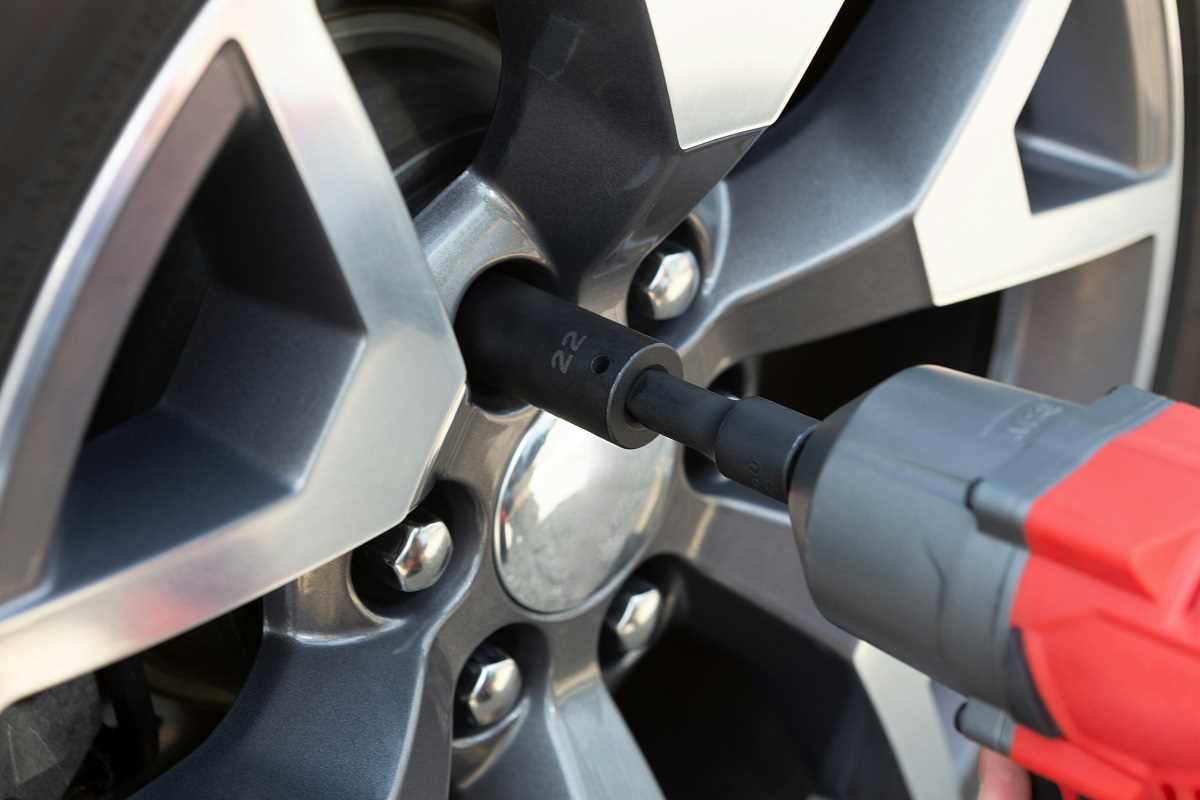Urban driving presents a unique set of challenges that can test even the most patient drivers among us. Navigating narrow streets, squeezing into tight parking spaces, and dealing with stop-and-go traffic are just a few of the daily hurdles city drivers face. While compact cars have always been the logical choice for urban environments due to their smaller footprint, today's models offer far more than just diminutive dimensions. Manufacturers have been packing these small wonders with increasingly sophisticated features specifically designed to tackle city driving headaches.
As someone who's spent years navigating crowded downtown streets and hunting for those elusive parking spots, I've come to appreciate just how much these innovative features can transform the urban driving experience. The compact car segment has evolved dramatically over the past decade, moving from basic transportation to tech-savvy companions equipped to handle metropolitan challenges. These aren't your bare-bones economy cars of yesteryear, they're sophisticated machines purpose-built for city life.
If you're in the market for a new compact car to tackle city streets, knowing which features to look for can make all the difference in your long-term happiness with your purchase. Let's explore some of the most surprising and useful innovations that are turning compact cars into ideal urban companions, making your daily drive less of a chore and more of a pleasure.
Advanced Parking Assistance Technologies
Parking in urban environments can be one of the most stressful aspects of city driving, with spaces often seeming impossibly small and competition fierce for available spots. Modern compact cars are addressing this challenge head-on with parking technologies that were once reserved for luxury vehicles. Automatic parking systems have evolved from novelties to genuinely useful features, capable of identifying suitable parallel, perpendicular, and even diagonal parking spaces, then handling the steering while you control the speed.
Beyond fully automated parking, many compact cars now feature 360-degree camera systems that provide a bird's-eye view of the vehicle and its surroundings. These systems stitch together images from multiple cameras positioned around the car to create a composite overhead view, making it much easier to navigate tight spaces and avoid obstacles that might otherwise be difficult to see. The clarity and responsiveness of these systems have improved dramatically, with high-resolution displays that provide clear visibility even in low-light conditions.
Space-Maximizing Interior Designs
The perception that compact cars must have cramped interiors is rapidly becoming outdated as manufacturers employ clever design strategies to maximize available space. Modern compact cars utilize platform architectures specifically engineered to create surprising interior volume within modest exterior dimensions. These purpose-built designs push wheels to the corners, minimize engine compartment size, and utilize every inch of the vehicle's footprint for passenger and cargo space rather than simply scaling down larger vehicle designs.
The quality of interior materials has seen dramatic improvement as well, with compact cars shedding the economy-car feel of hard plastics and thin upholstery. Today's models often feature soft-touch surfaces in key contact areas, more substantial seat cushioning, and thoughtful ergonomics that make the cabin a pleasant place to spend time. Acoustic insulation has also received greater attention, with additional sound-deadening materials that make compact car interiors surprisingly quiet even in noisy urban environments, a significant benefit during city driving where external noise can be constant.
Perhaps most impressive is how these space-maximizing designs maintain or even enhance safety. Despite their smaller exterior dimensions, modern compact cars are engineered with robust crash structures, strategic crumple zones, and comprehensive airbag systems that deliver safety ratings comparable to larger vehicles. The misconception that "bigger is safer" has been challenged by thoughtful engineering that protects occupants while maintaining the parking and maneuverability advantages that make compact cars ideal for urban environments.
Smart Connectivity for Urban Navigation
Urban driving demands up-to-the-minute information about traffic conditions, construction zones, and available parking, areas where modern connectivity features excel. Today's compact cars offer sophisticated infotainment systems with real-time traffic updates that can automatically recalculate routes based on current conditions. What makes these systems particularly valuable in city environments is their ability to incorporate traffic data from multiple sources, including other vehicles, to provide the most accurate picture of road conditions ahead.
Urban-specific navigation features are becoming increasingly common in compact cars, with routing algorithms that can be set to prefer certain types of roads or driving conditions. Options to avoid high-traffic areas, minimize stops, or stick to roads with lower speed limits can be particularly useful in city environments. Some systems even take into account factors like road width, suggesting routes that avoid particularly narrow or congested streets that might be challenging for less experienced drivers or during high-stress situations like rush hour.
What's particularly impressive is how these connectivity features continue to improve over time through over-the-air updates. Unlike the static navigation systems of the past, today's connected compact cars receive regular software updates that add new features and improve existing functionality. This means the urban driving assistance your car provides can actually become more sophisticated and useful the longer you own the vehicle, a significant value proposition for a technology-focused urban driver.
Efficiency Technologies Beyond Just MPG
While fuel efficiency has always been a selling point for compact cars, today's models go far beyond simple gas mileage numbers with technologies specifically designed for urban driving patterns. Start-stop systems have become increasingly refined, shutting off the engine when idling at stoplights or in traffic, then restarting instantly when the brake is released. The latest iterations are nearly imperceptible in operation, with minimal vibration during restart and intelligent programming that considers factors like climate control needs and battery charge level before engaging.
Aerodynamic enhancements have become increasingly sophisticated in the compact segment, with features like active grille shutters that close at higher speeds to reduce drag, underbody panels that smooth airflow beneath the vehicle, and carefully shaped mirrors and window pillars that minimize wind resistance. While these features provide the greatest benefit during highway driving, they also contribute to efficiency during higher-speed urban arterial travel. What's impressive is how designers have integrated these aerodynamic elements without compromising the attractive styling that many urban drivers desire.
- Eco-driving coaches provide real-time feedback on driving habits, gently encouraging more efficient acceleration, optimal speed maintenance, and smoother braking
- Driving mode selectors with specific urban or eco settings that adjust throttle response, transmission behavior, and climate control operation
- Thermal management systems that reduce engine warm-up time for better efficiency during short trips
- Smart climate controls that focus cooling or heating on occupied seats only
- Low rolling resistance tires specifically designed for urban use, balancing efficiency with the durability needed for frequent curb contact and pothole encounters
Stress-Reducing Safety Innovations
Urban driving environments present unique safety challenges, from unpredictable pedestrian movements to frequent lane changes in heavy traffic. Modern compact cars address these concerns with sophisticated driver assistance systems specifically calibrated for city conditions. Pedestrian and cyclist detection systems have become remarkably advanced, using combinations of cameras, radar, and sometimes lidar to identify vulnerable road users even in poor visibility conditions. These systems not only warn drivers but can automatically apply brakes if a collision appears imminent, particularly valuable in busy urban environments with complex interactions between vehicles and pedestrians.
Cross-traffic safety has seen significant advances relevant to urban environments, where views are often obstructed by parked vehicles or buildings. Rear cross-traffic alert systems warn of approaching vehicles when backing out of parking spaces, while front cross-traffic alert helps when pulling out of blind driveways or alleyways. These features use corner-mounted radar sensors to detect vehicles approaching from the sides, providing warnings before they become visible to the driver. In urban settings with constant cross-street activity, these systems provide an extra layer of awareness that can prevent common accident scenarios.
Adapting to Urban Lifestyle Needs
Modern compact cars increasingly reflect an understanding of how urban dwellers actually use their vehicles beyond mere transportation. Weatherproofing features show thoughtful consideration of the urban lifestyle, where vehicle protection might be limited to on-street parking or public garages. Improved door seals, water-repellent window glass, and more durable exterior finishes help maintain the vehicle's appearance and functionality despite greater exposure to the elements. Some models even include rain-sensing wipers that automatically activate at the first drops, particularly useful when sudden showers catch you unaware during city errands.
Comfort features specifically designed for city driving conditions show impressive attention to detail. Air quality management systems with pollution sensors automatically switch to recirculation mode when external air quality deteriorates, a common occurrence in urban traffic. Heated steering wheels and seats activate quickly to provide comfort during short trips in cold weather without waiting for the entire cabin to warm up.
Noise-canceling systems use the vehicle's speakers to counteract specific frequency ranges common in urban environments, creating a more peaceful cabin environment despite the chaos of city streets. These thoughtful touches demonstrate how thoroughly manufacturers have embraced the unique needs of the urban driver.
 (Image via
(Image via
.jpg)




